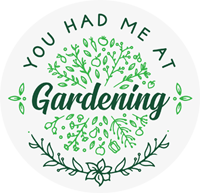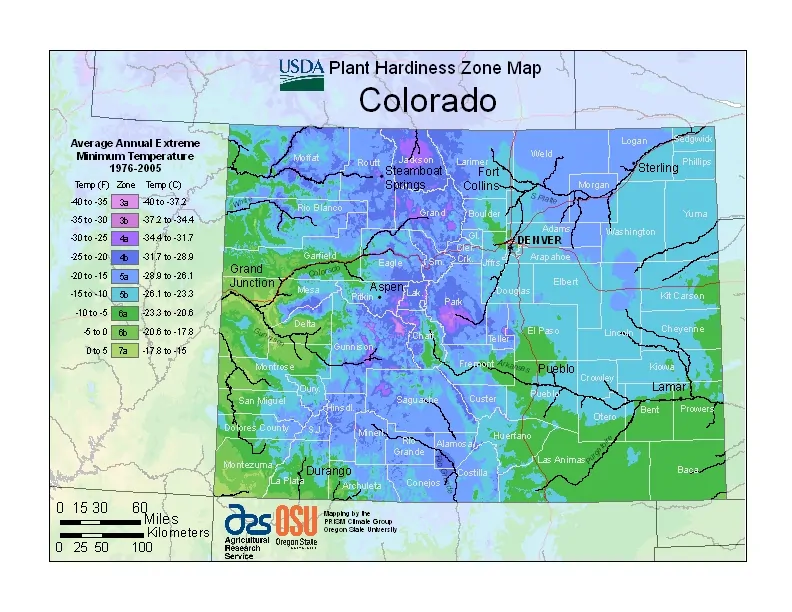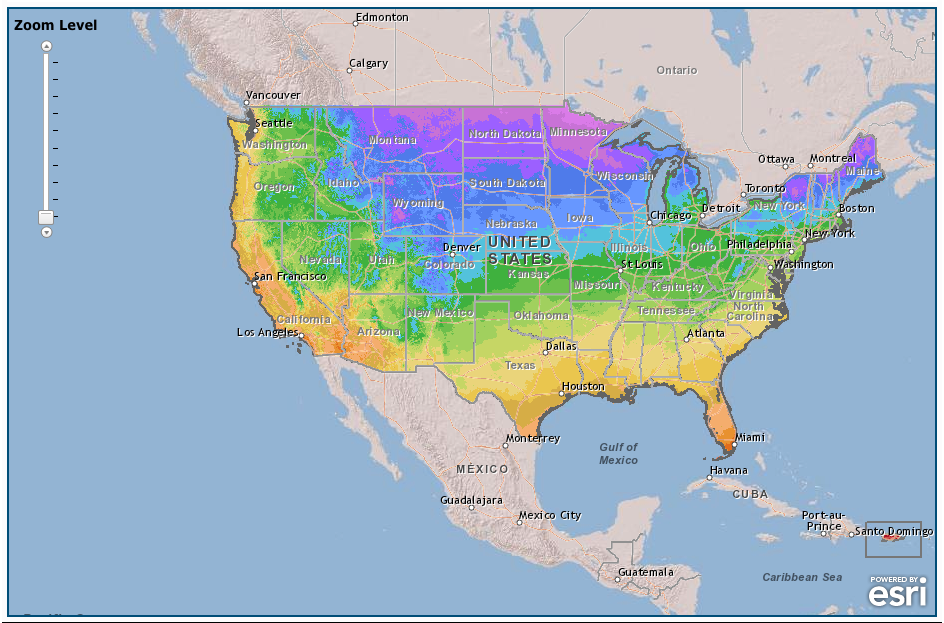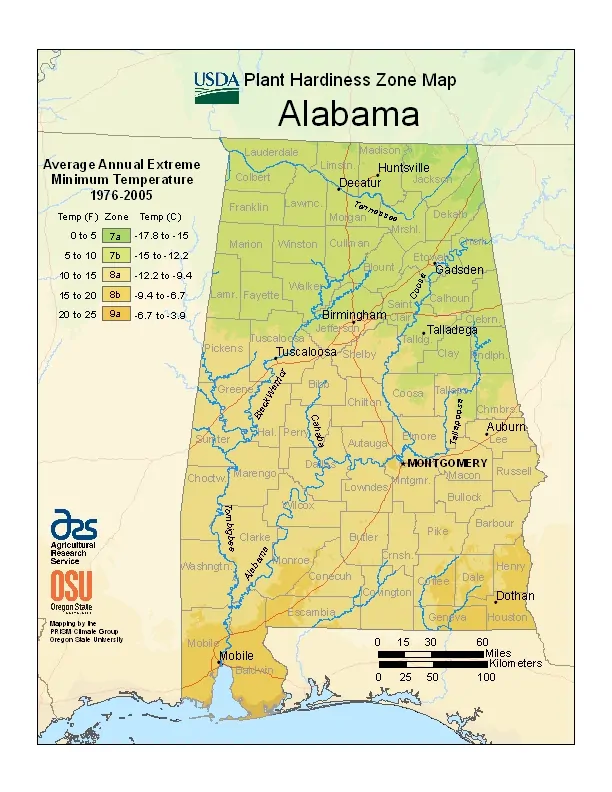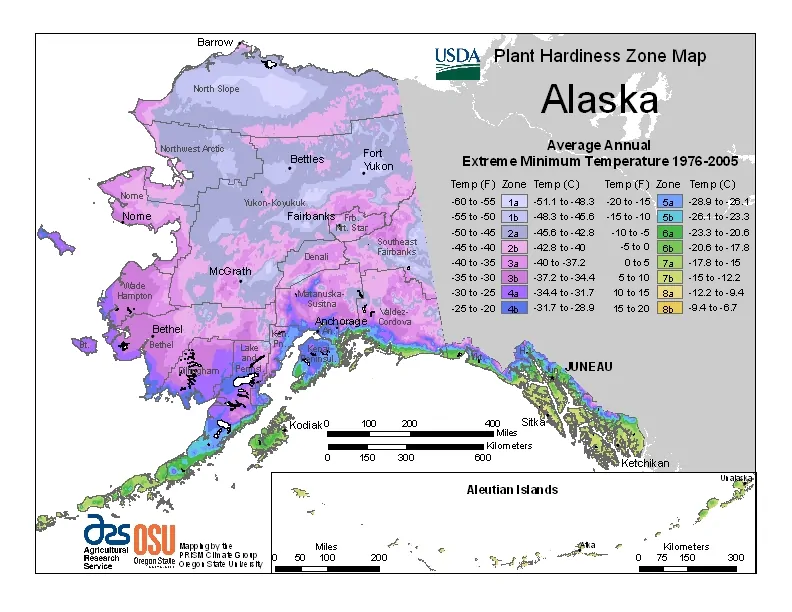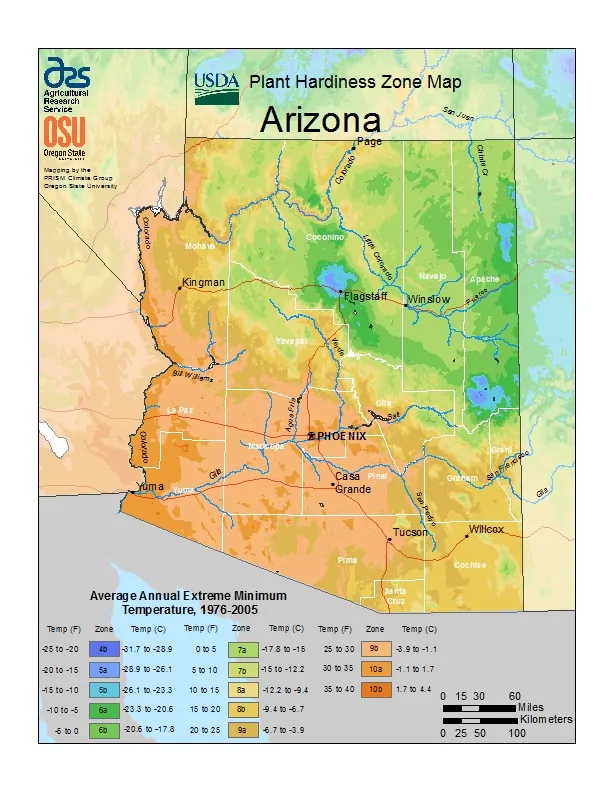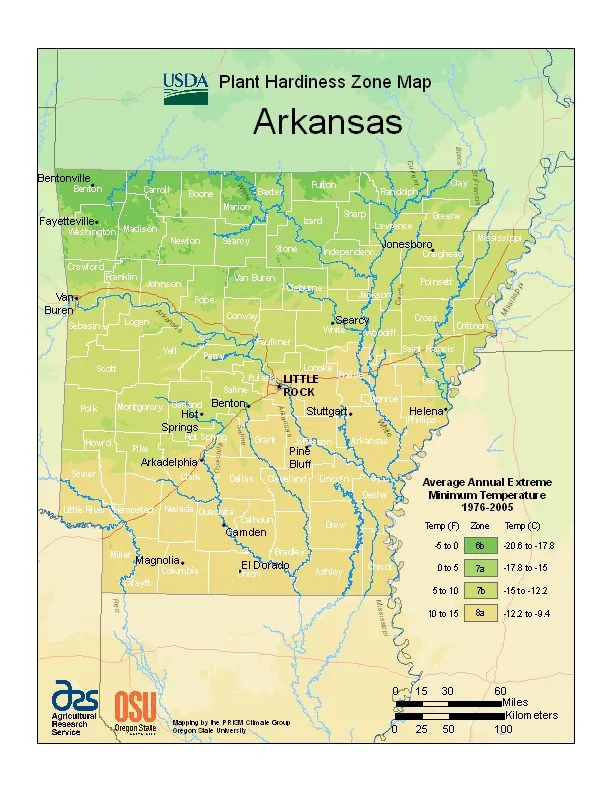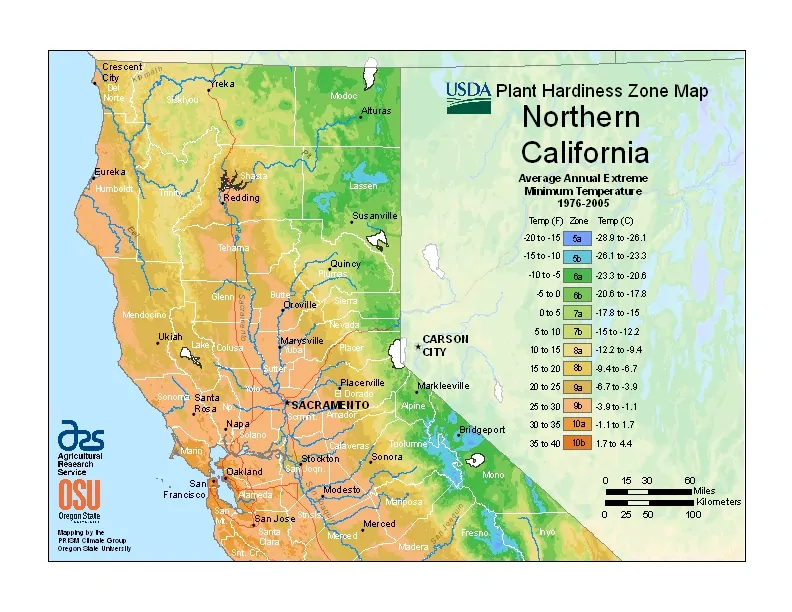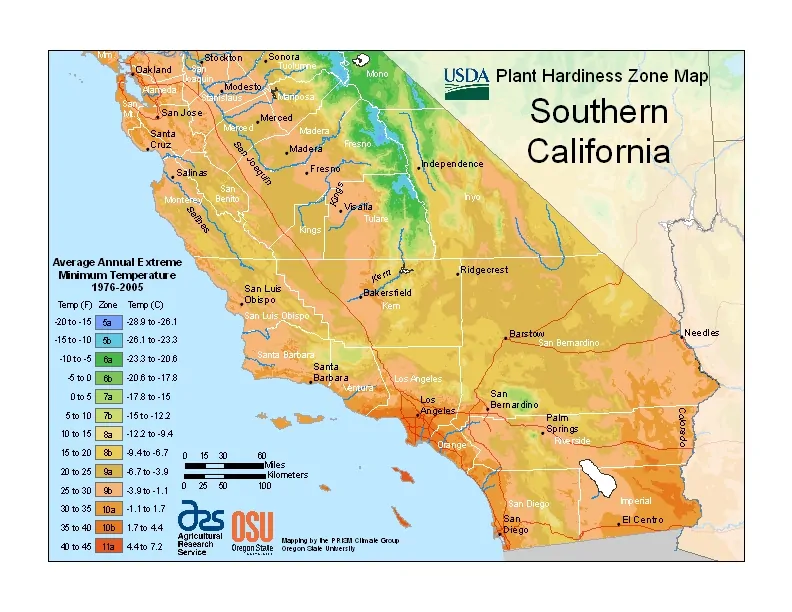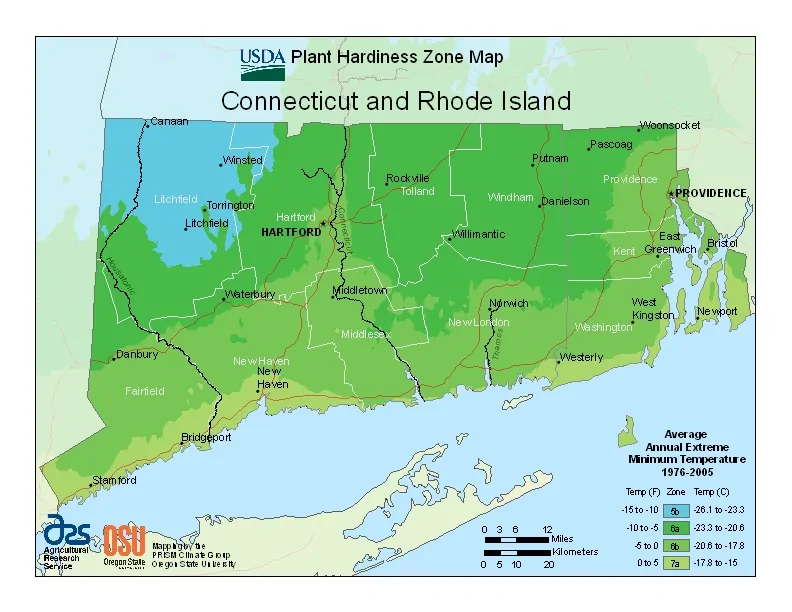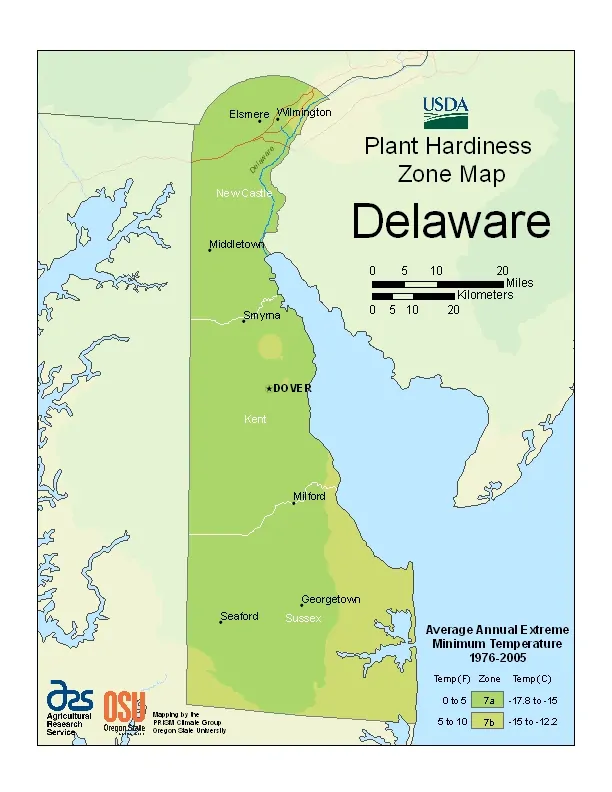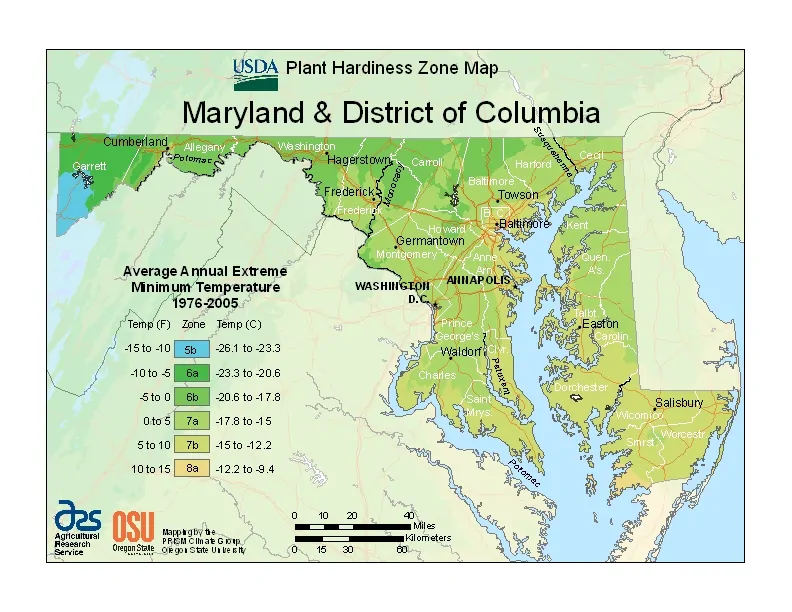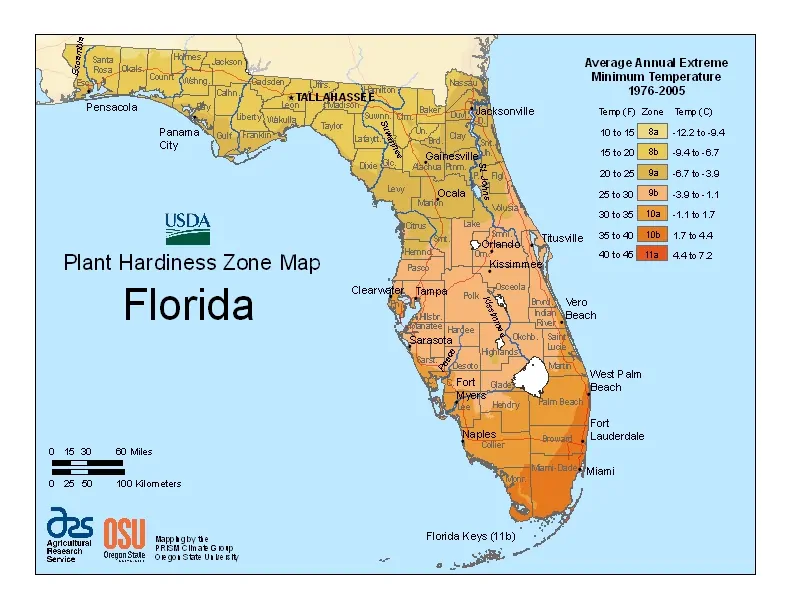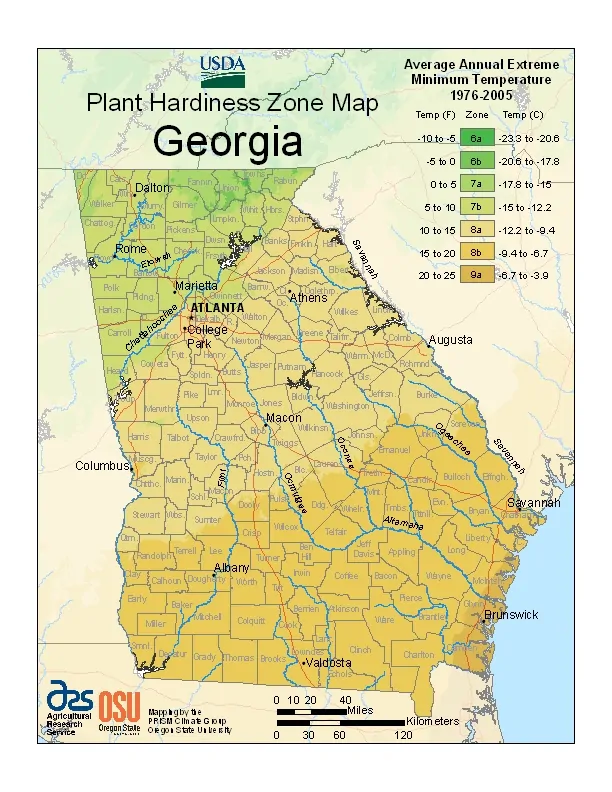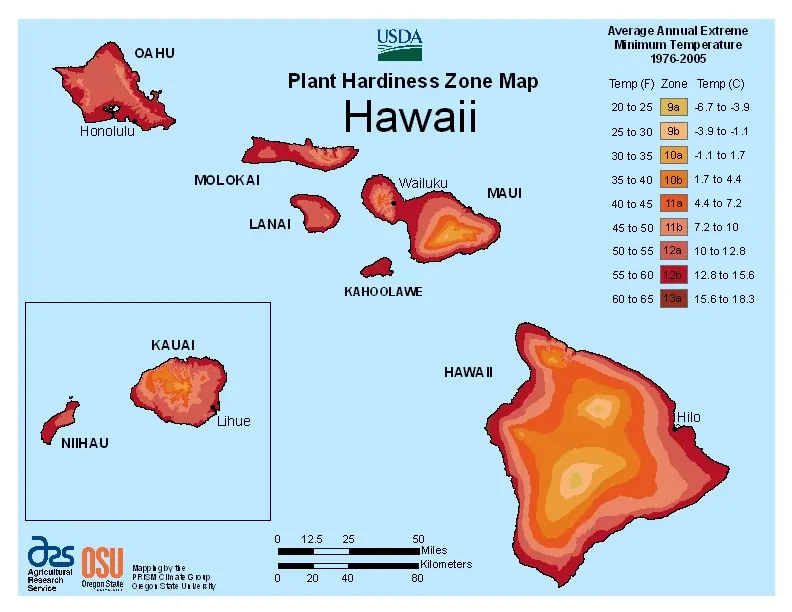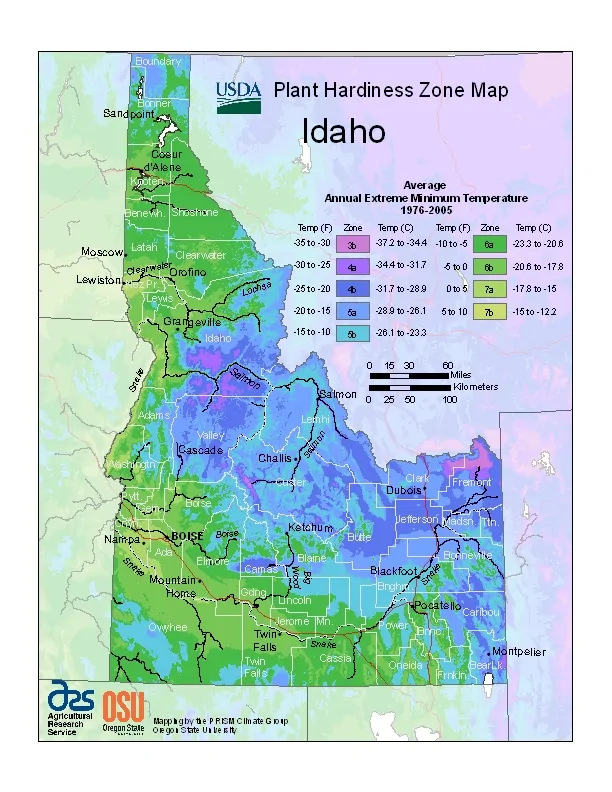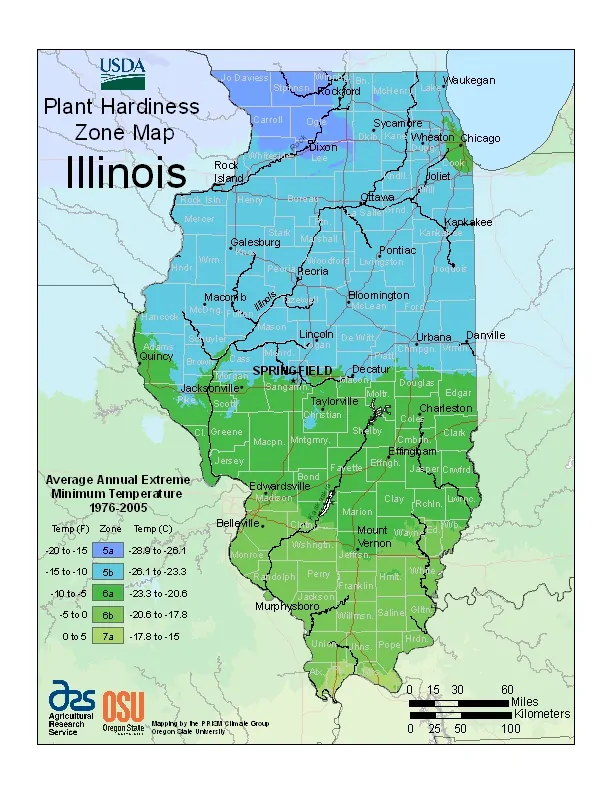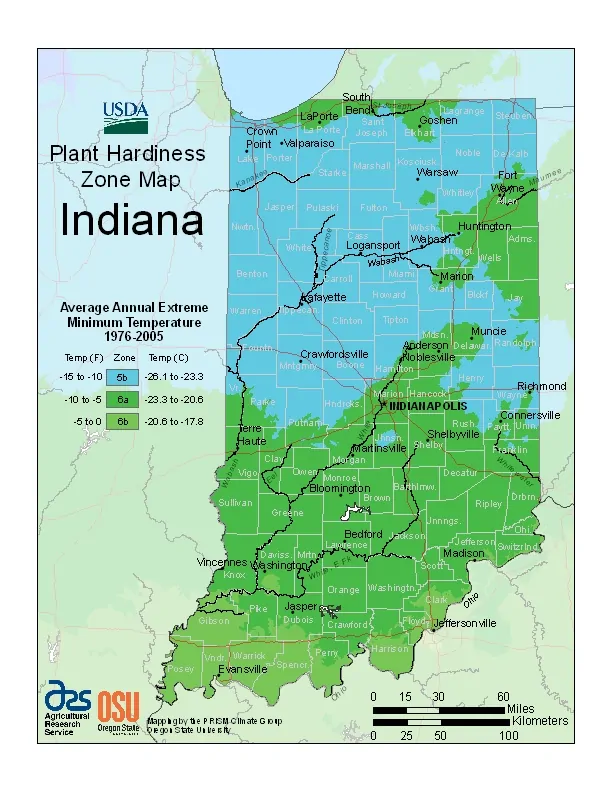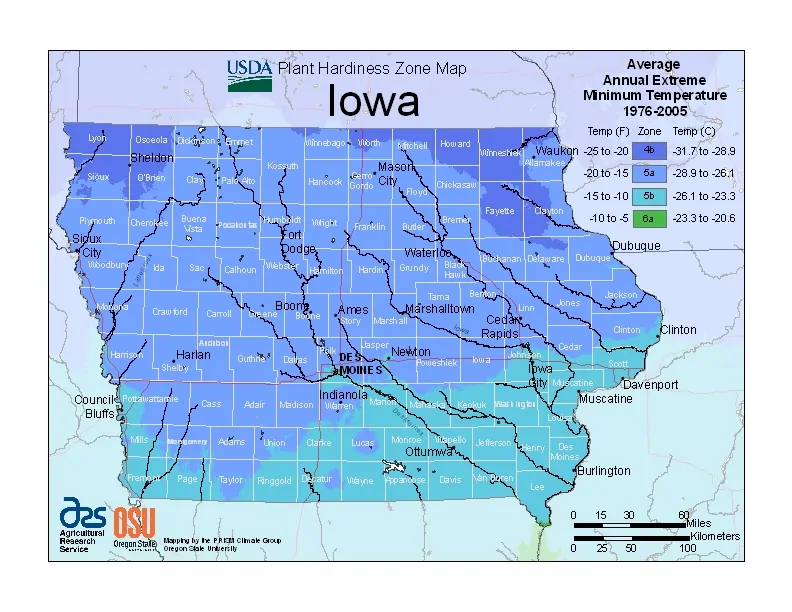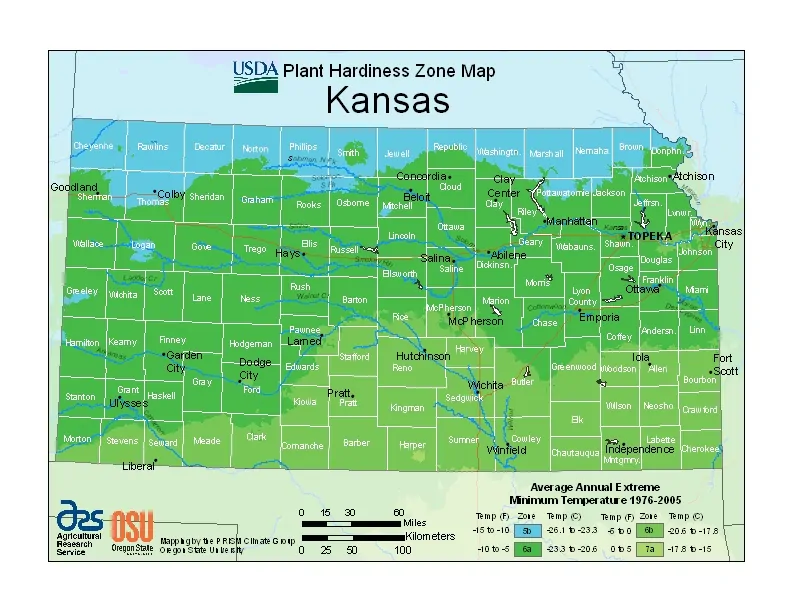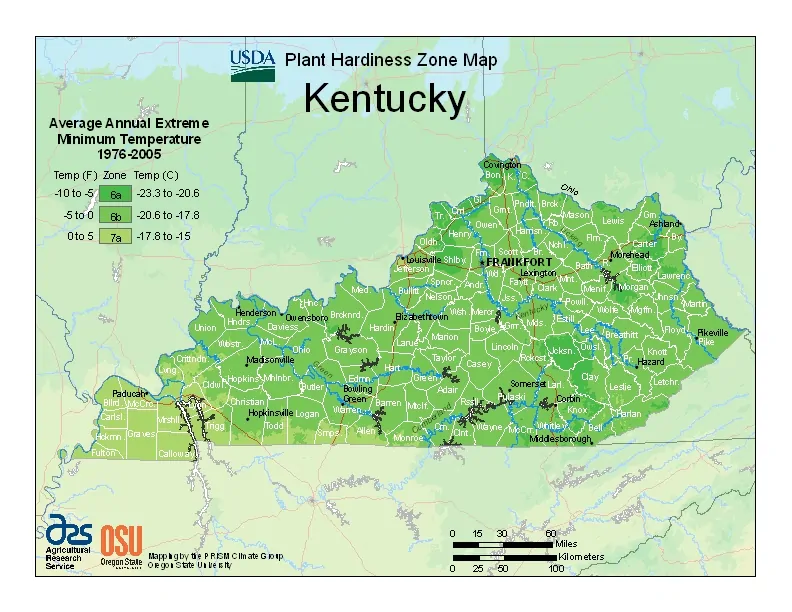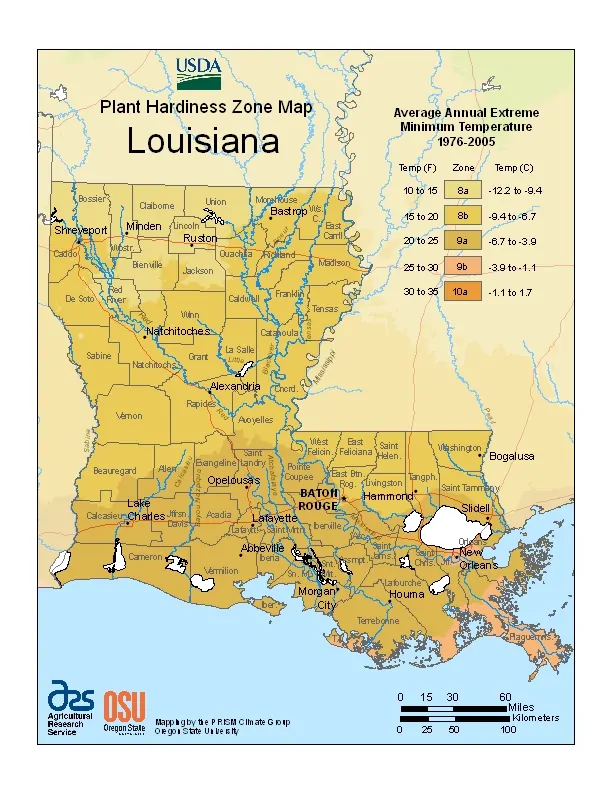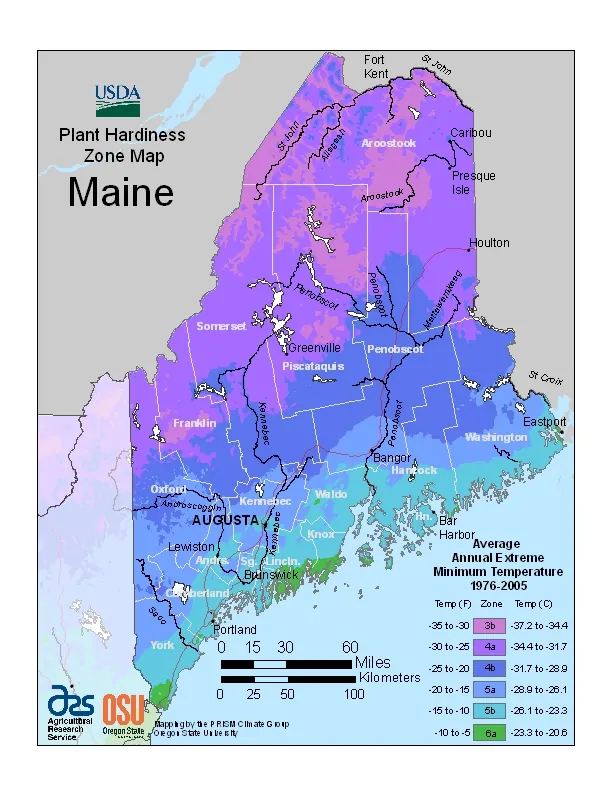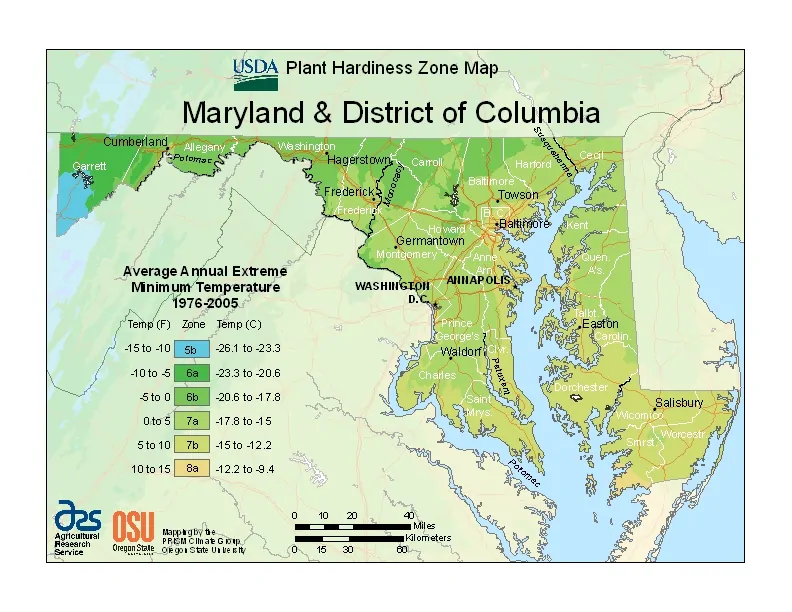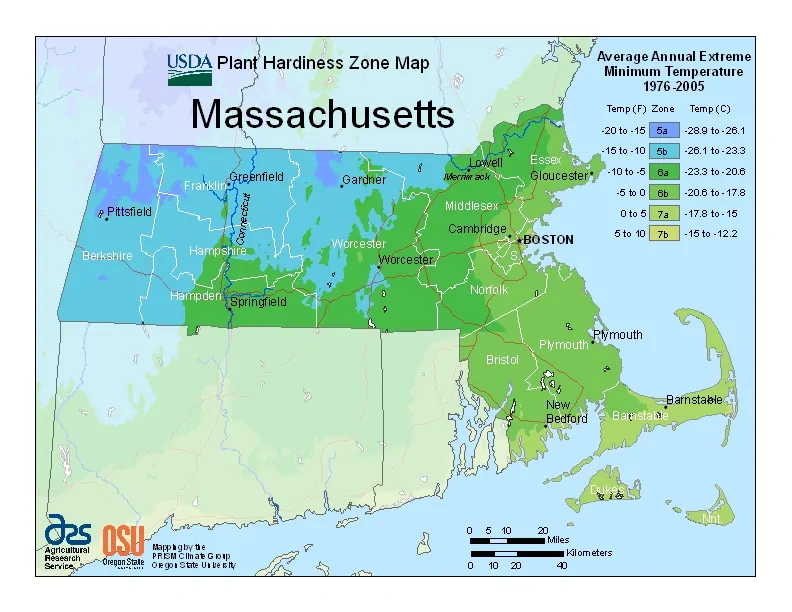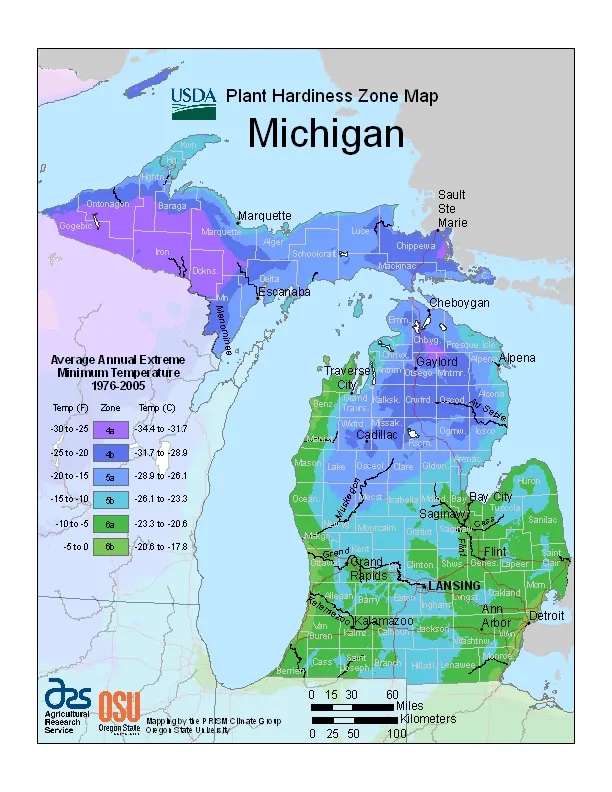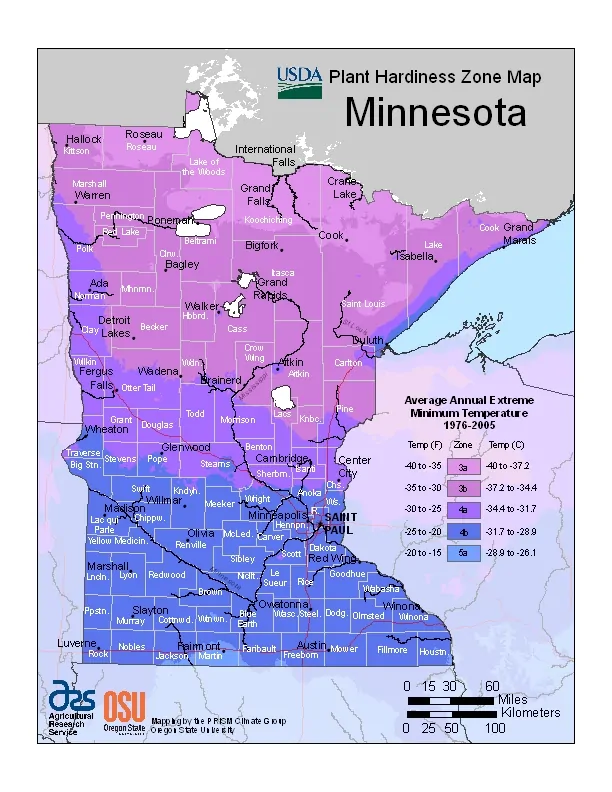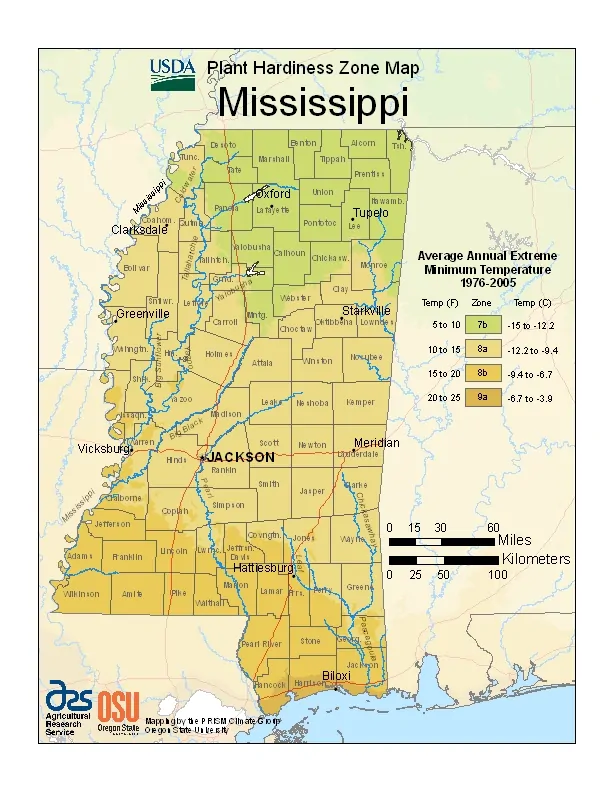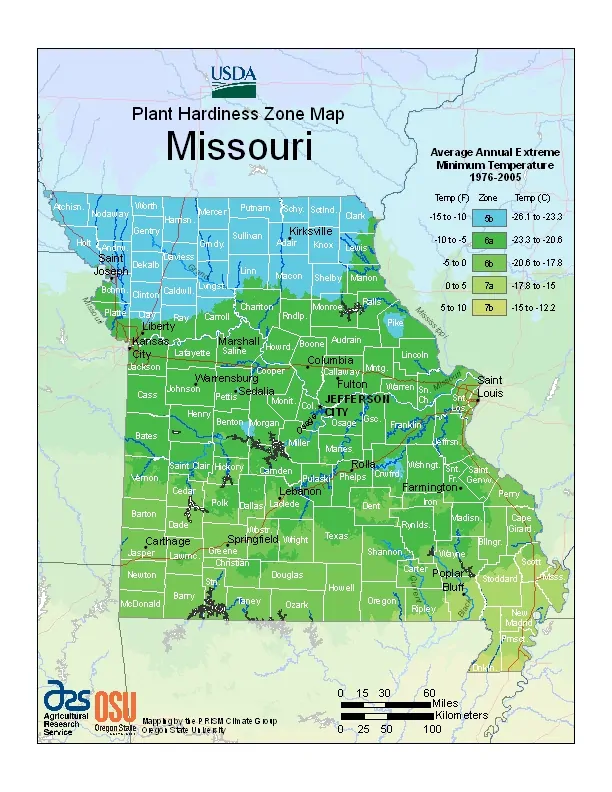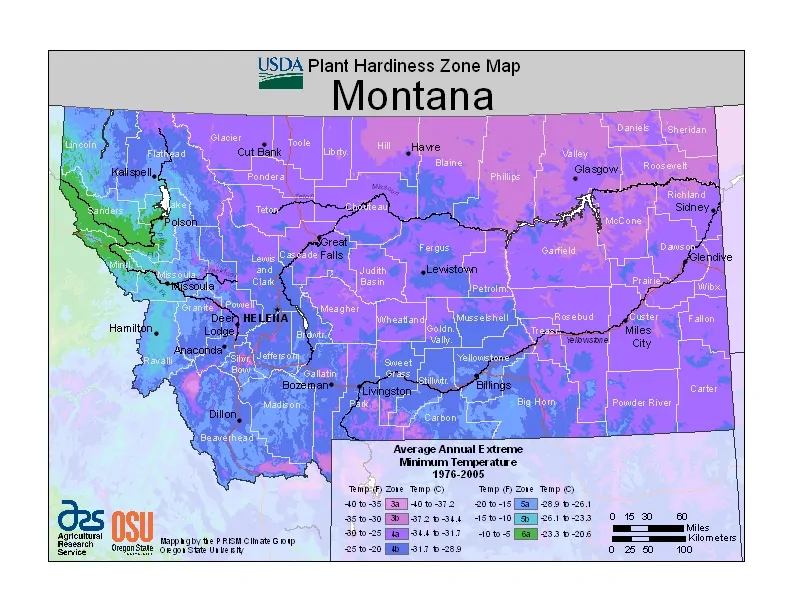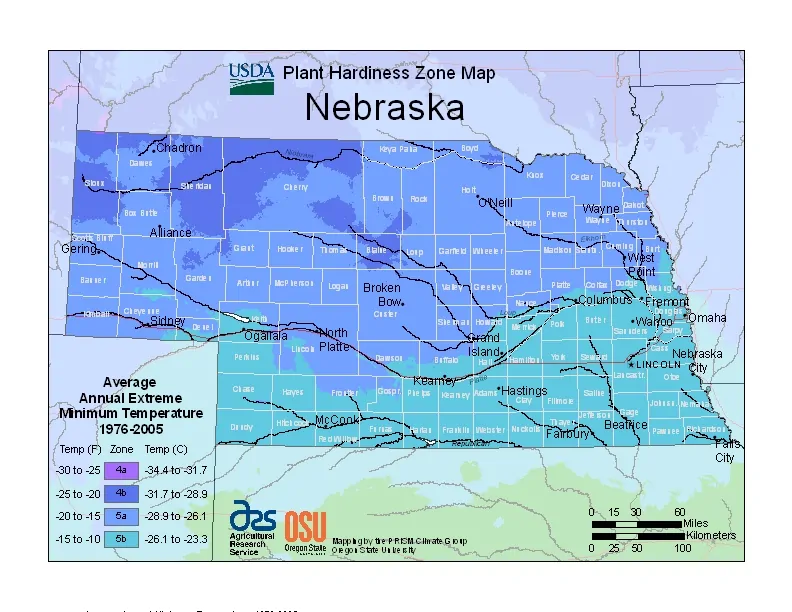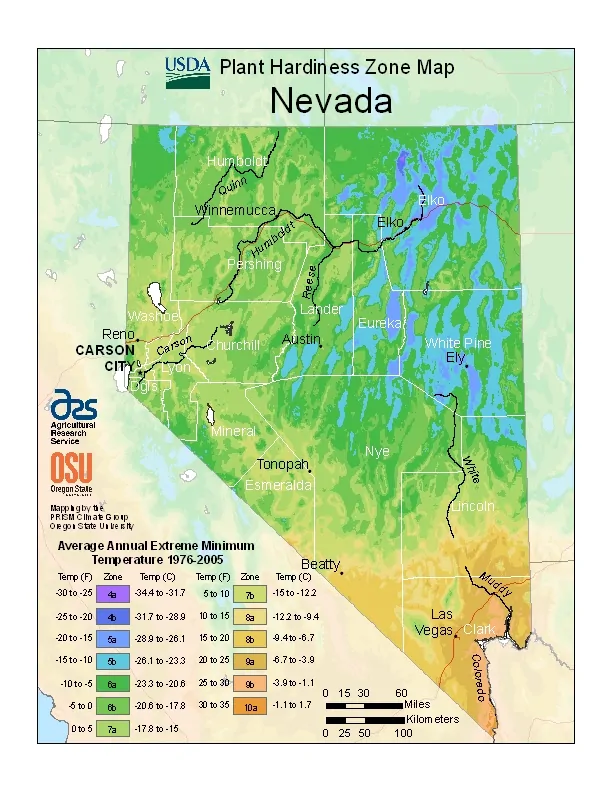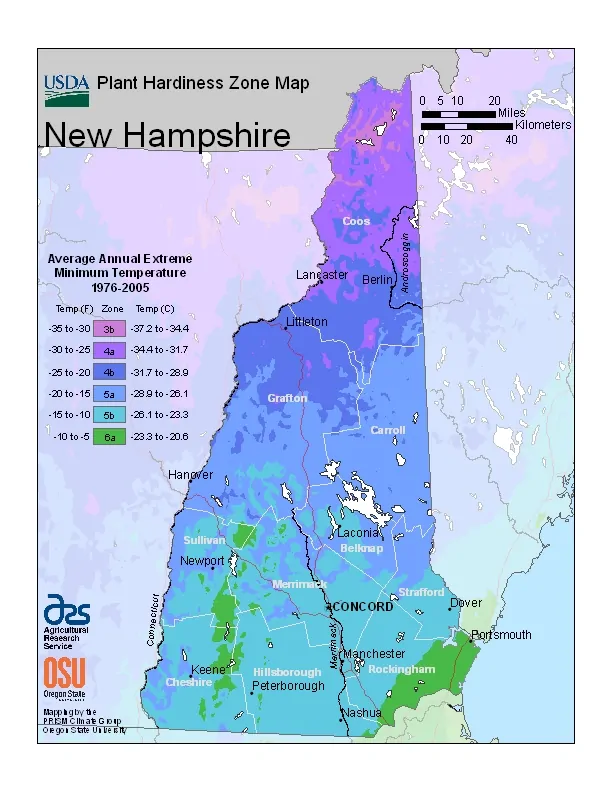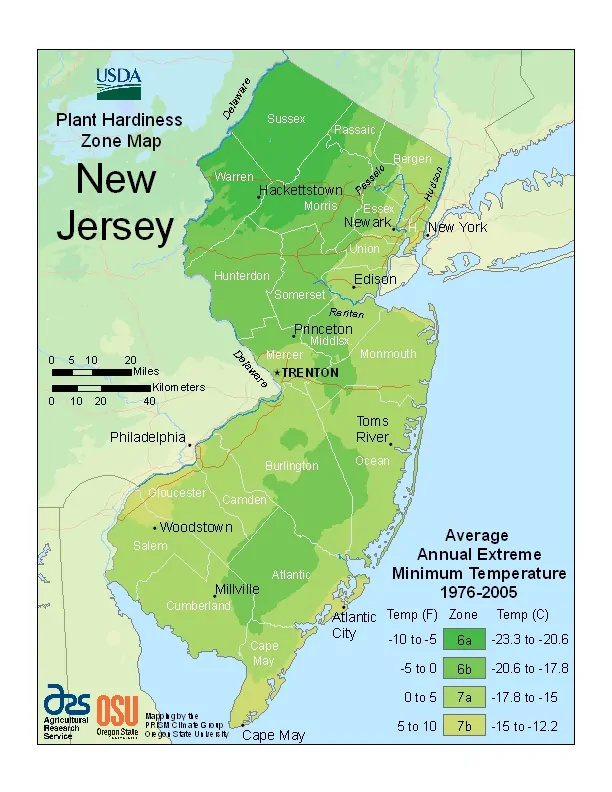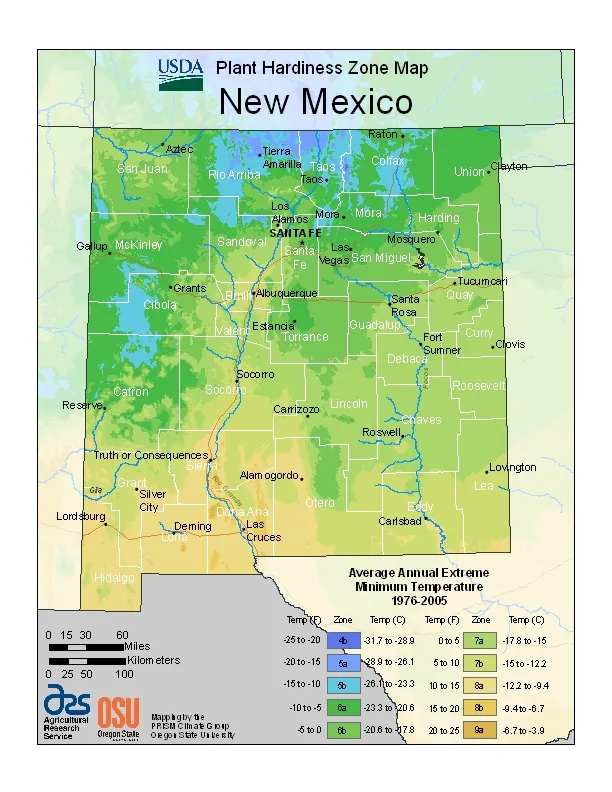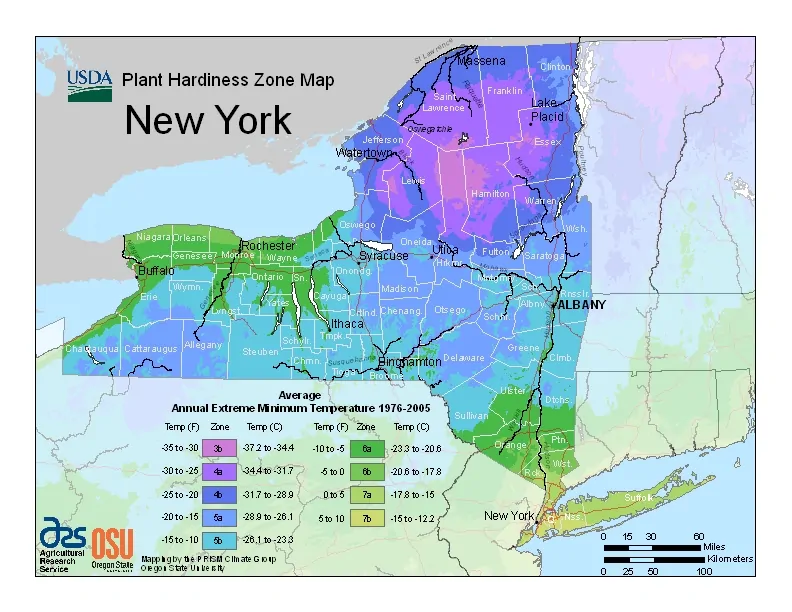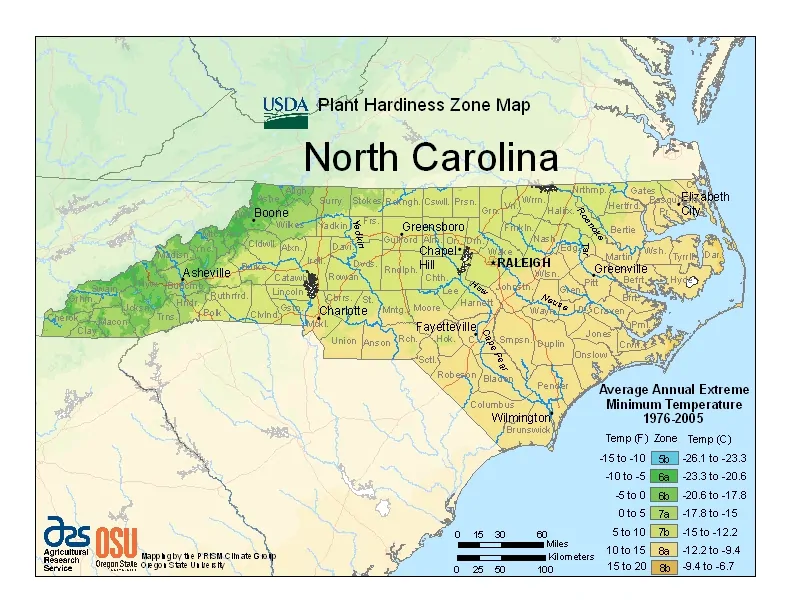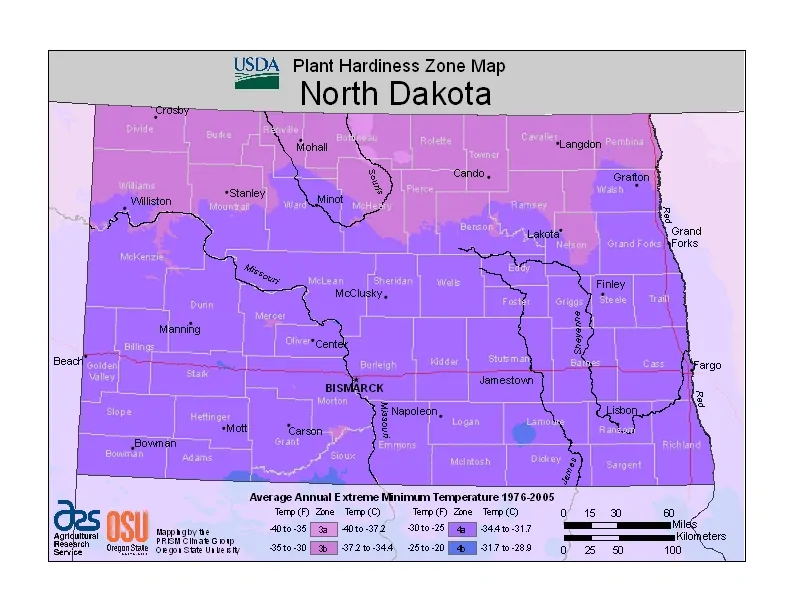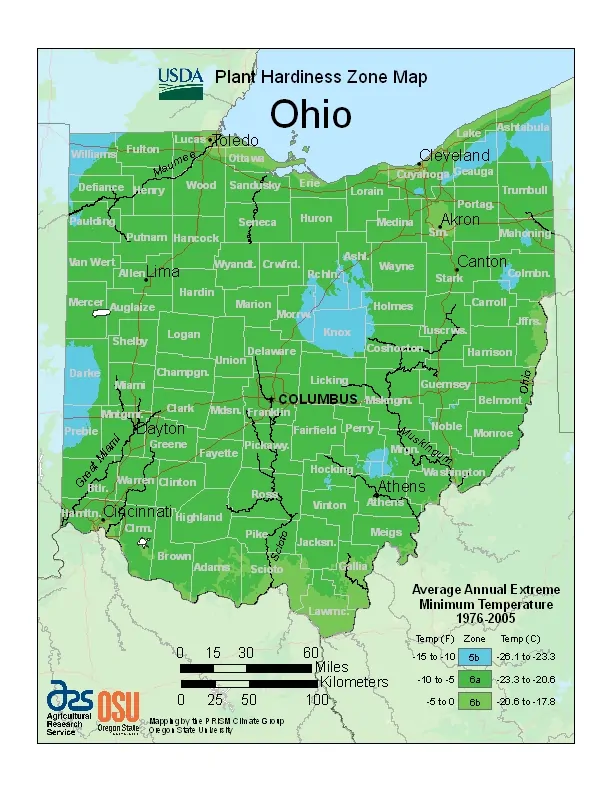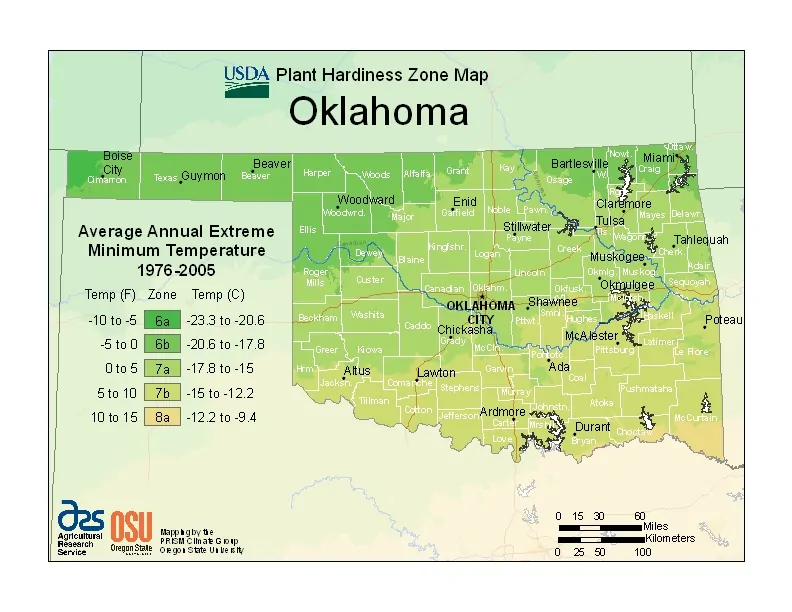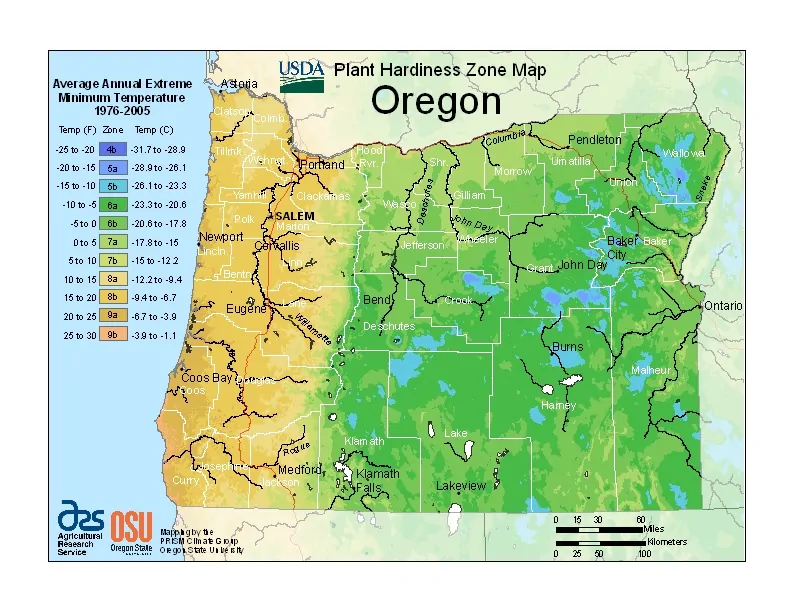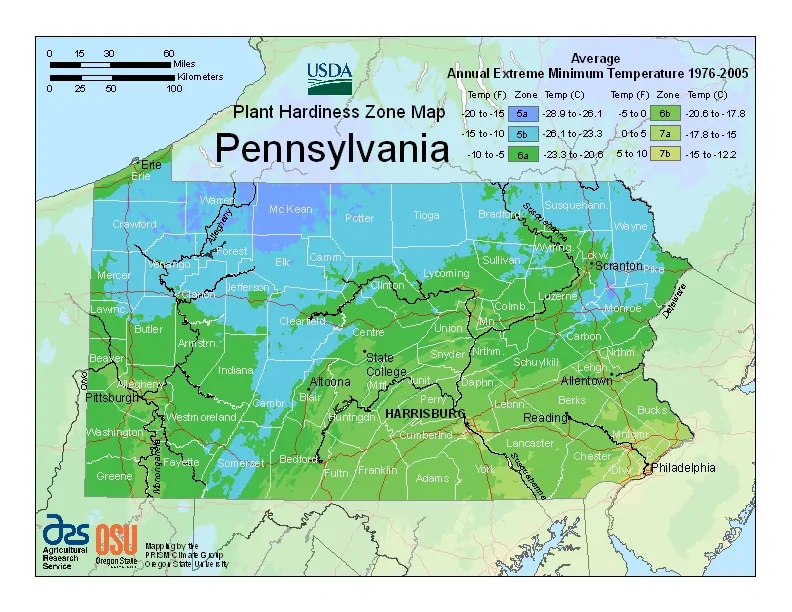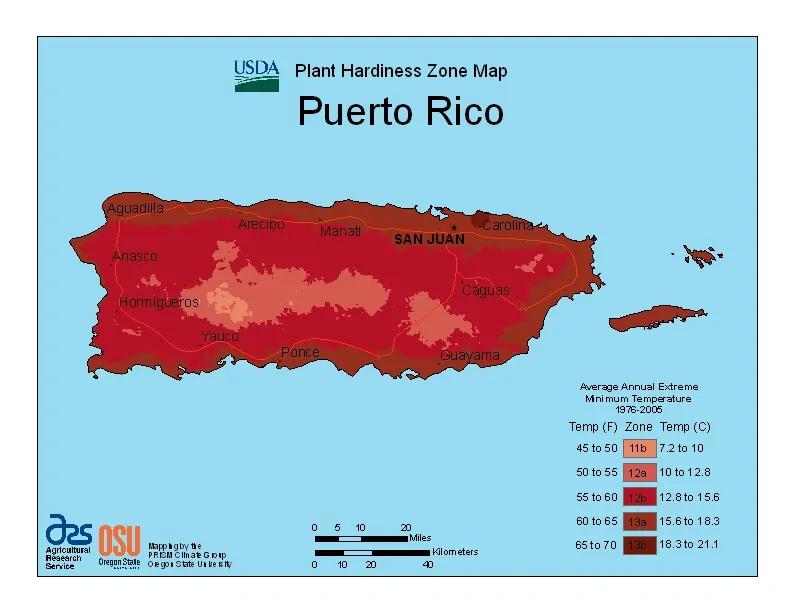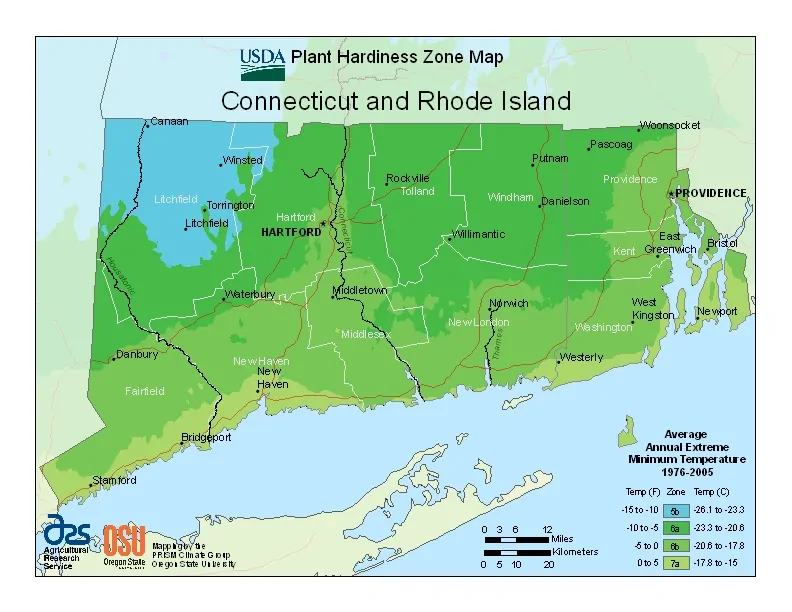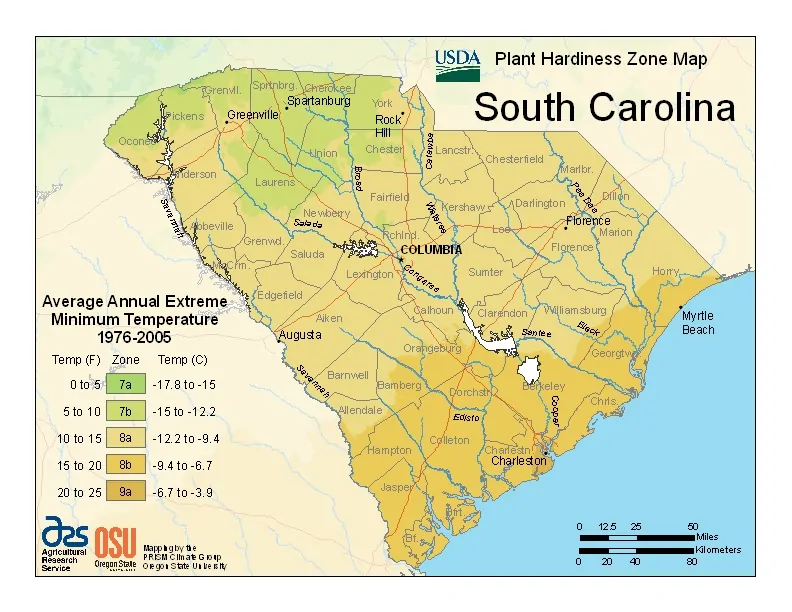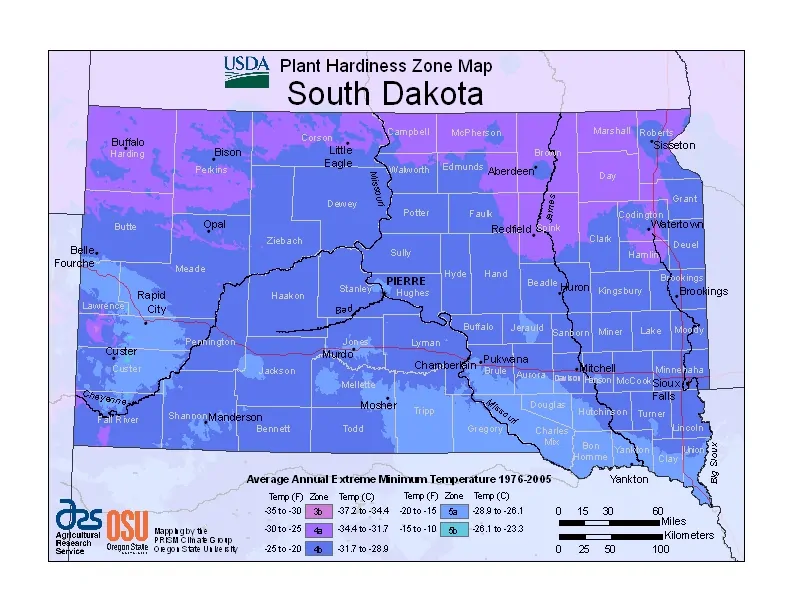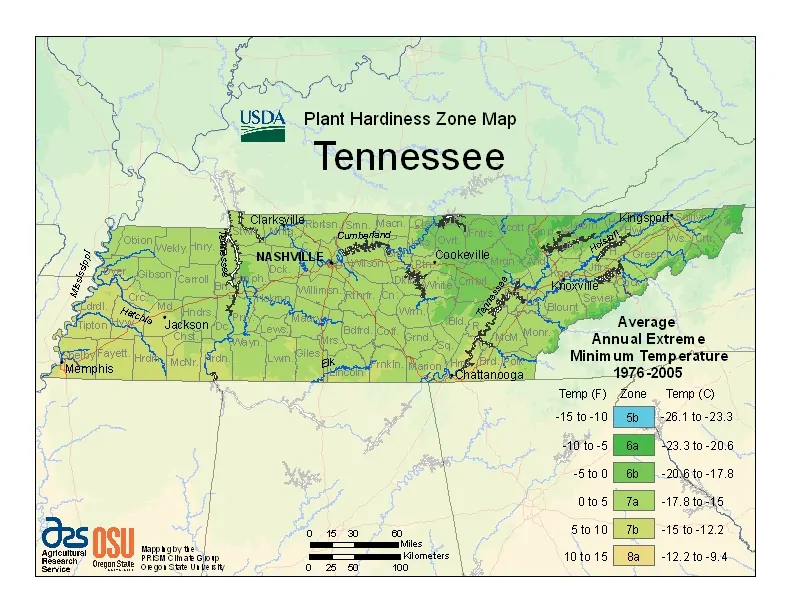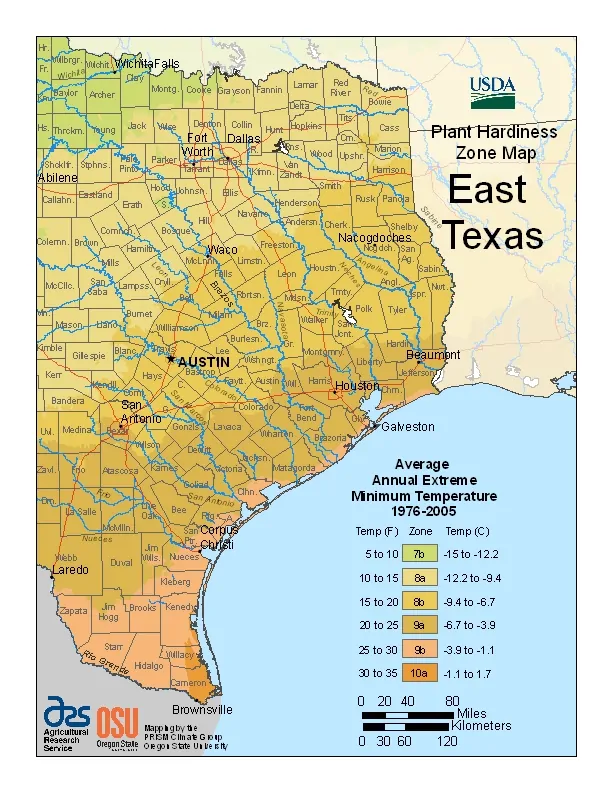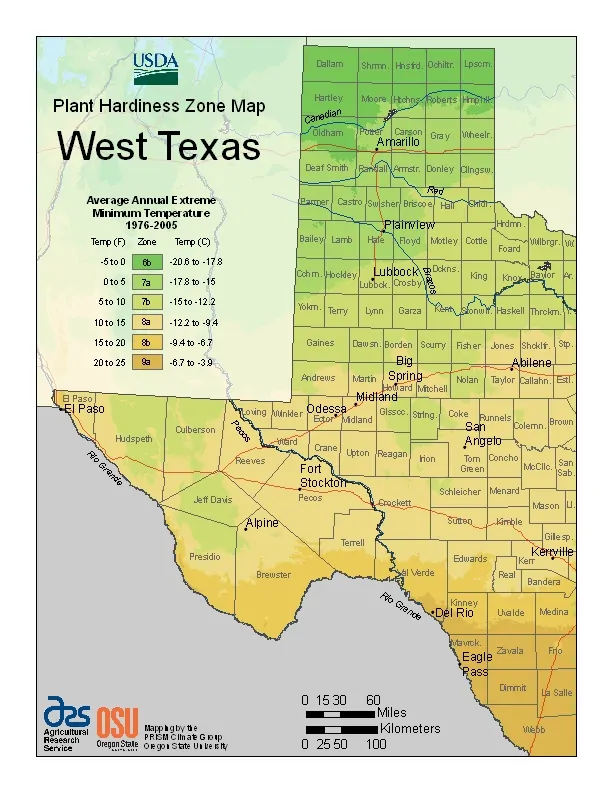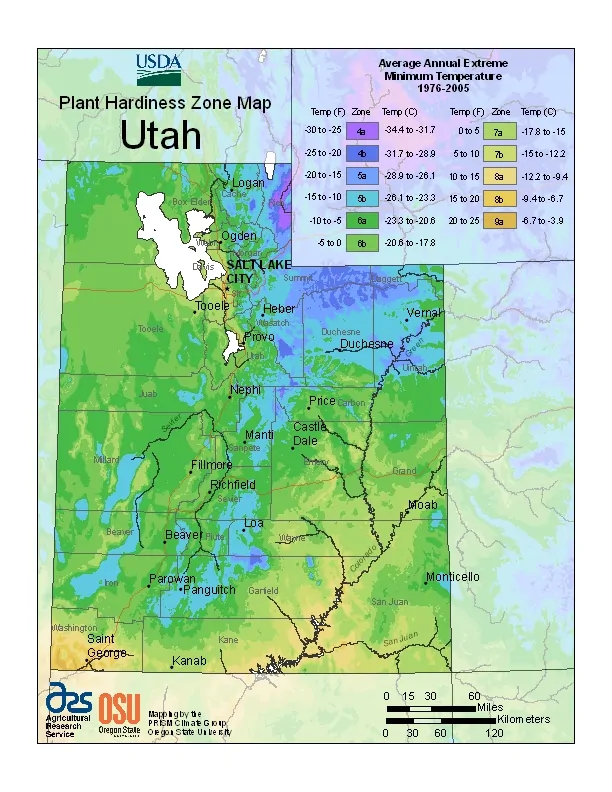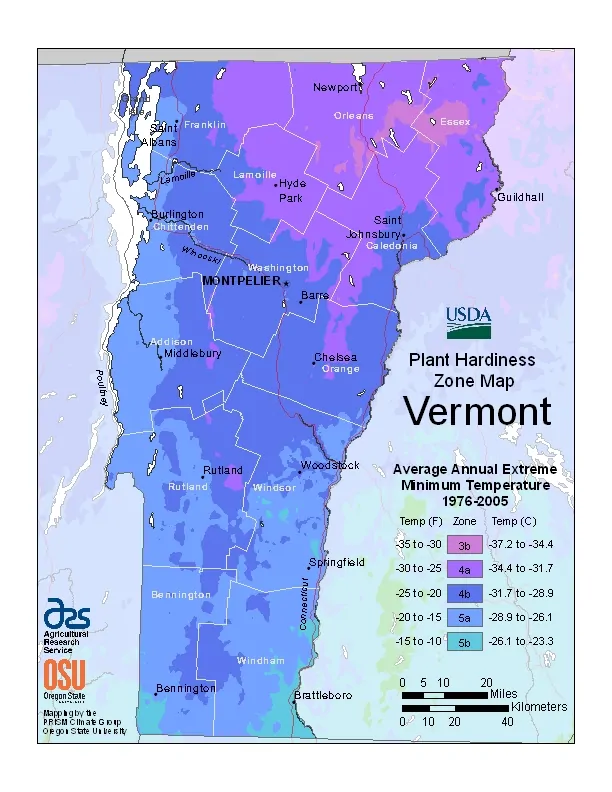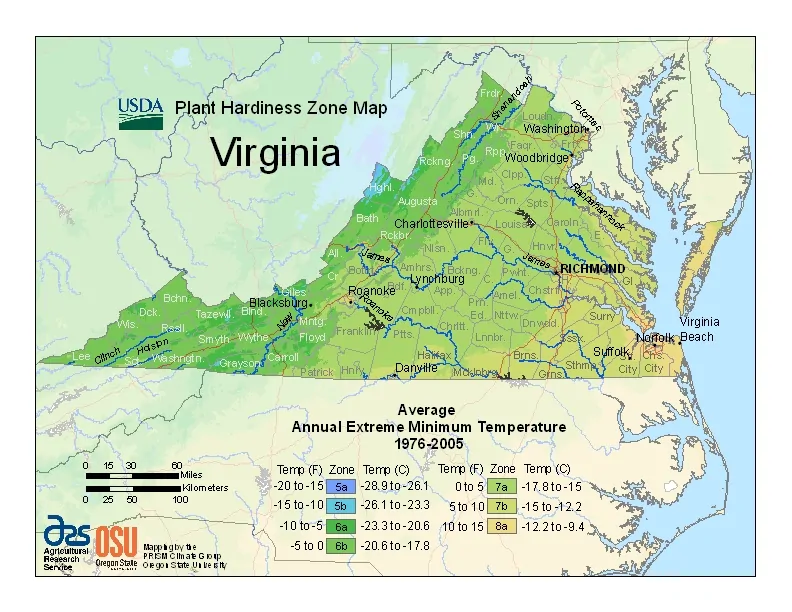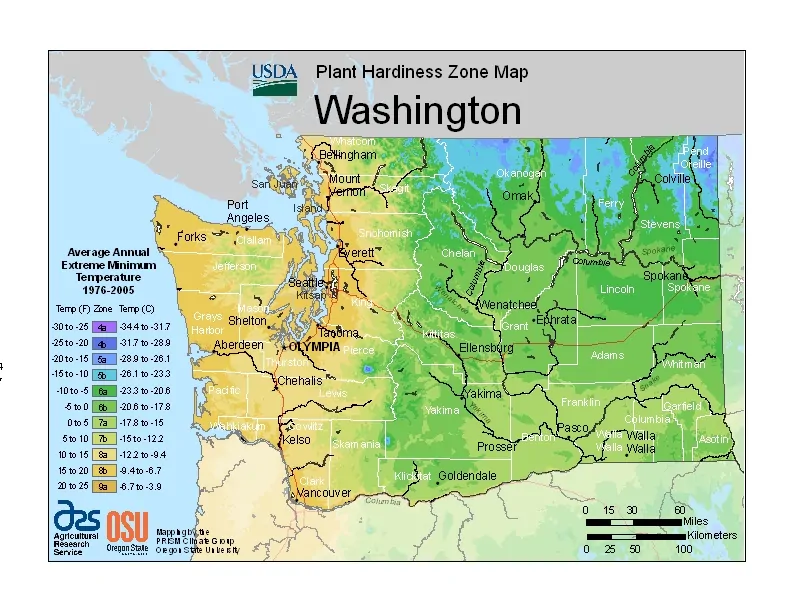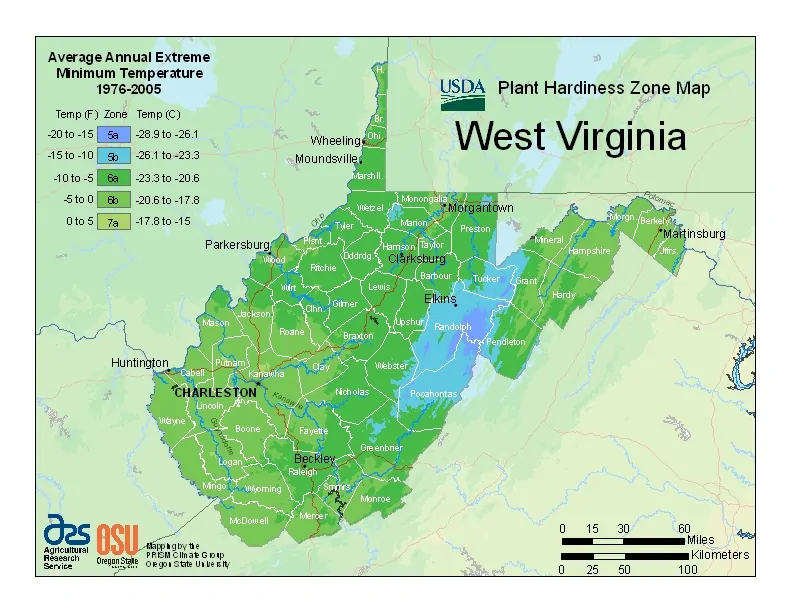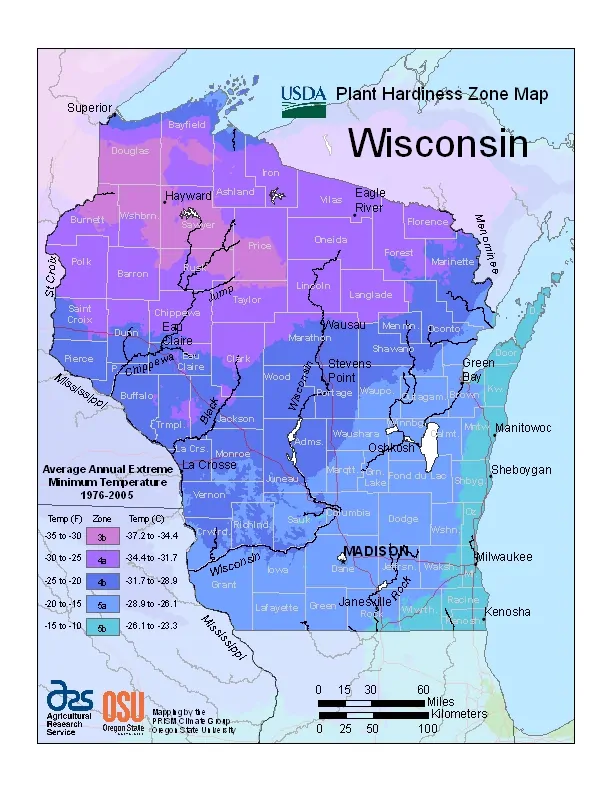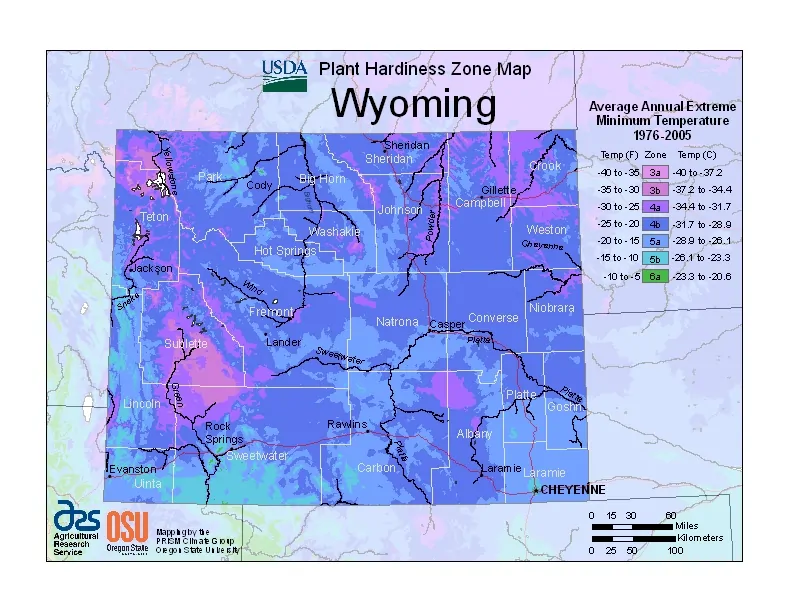So, you’ve caught the farming bug and now want to start your own garden. But what plants can you successfully grow in your garden? This post goes into the common obstacles you usually face when starting your own little farm and how to tackle them. First of all, you should plan according to the USDA hardiness zones you are in. And in just a few months, you’ll be able to enjoy the fruits and flowers of your labor!
So, this article explains what exactly is a USDA Plant Hardiness Zone Map and what are the benefits of using it.
What is a Hardiness Zone?
First of all, a Hardiness Zone Map is the standard by which gardeners and growers can determine which plants are most likely to thrive at a location. The map is based on the average annual minimum winter temperature, divided into 10-degree F zones. So, when a question like “are there any flowers that bloom in winter? strikes, this is the first thing you should consider.
Do not waste precious time on a long research endeavor when you can just start with where you live. This narrows things down considerably and helps set boundaries to what “winter” even means.
Also, I’m not the only one that supports the idea that the first thing to look at when starting your own garden is where you live. That’s because the climatic region directly impacts what you can grow. Therefore, this is called the USDA hardiness zone – a geographic area with certain climatic conditions that suit certain plants.
What Are the USDA Hardiness Zones?
USDA plant hardiness zones are the standard when it comes to determining which plants will grow best in a particular US region. So, you need to get clear on this even before you start planning your garden. Also, for the first time, the map is available as an interactive GIS-based map, for which a broadband Internet connection is recommended. Not to mention that it is available as static images for those with slower Internet access. However, users will learn how to access the information for their area by simply typing in a ZIP Code. This will be however explained a little further on in the article.
Also, the Agricultural Research Service of the United States Department of Agriculture is the official resource on USDA plant hardiness zones.
How Many Planting Zones Are There?
The planting zones start off in the North with Alaska being in USDA zone 1, while Hawaii and Puerto Rico are in USDA zones 12-13. The zones are defined considering the average yearly minimum temperature and are further broken down into two subzones, a and b (so 13 zones, 26 sub-zones total).
Advisory: Up until 2012, there were only established 11 USDA plant hardiness zones. After reviewing weather data from 1976-2005, USDA decided to update the map and add zones 12 and 13 to accurately display the effects of global warming. Many areas were at least half of a zone hotter than the before ‘76 when the data was updated.
As a beginner, you probably won’t have too much to do with sub-zones, but you do need to know that:
1. USDA hardiness zones are rough guides only. So, the system is highly reliable and of great help to horticulturists, but it doesn’t really take into consideration variables. These variables are such as season length, day length, or ocean and continental air influence.
In short, this system tells you which plants will survive in your outdoor garden, but this doesn’t necessarily mean they will also thrive.
2. Next, microclimates are a thing and they can make or break your garden. Microclimates are restricted areas that have different temperatures, humidity, and growing conditions than their surroundings. So, a sunny alcove that’s protected from cold winds in your backyard, for example, is a microclimate that enables you to plant perennials that wouldn’t normally survive in your area.
How Do I Determine My Planting Zone?
First of all, you can use the next section of our article to find your USDA hardiness zone on this page. Alternatively, you can also scroll down to the end of this article and visit the interactive USDA map.
Then, once you get the hang of it, the map is pretty easy to read – you’ve got your legend on the right that shows you which colors are used to highlight the USDA zones. For example, the southern part of Texas is in zone 9 while the northern part is in zone 6. If you live in Nevada, you are in zone 5 or 4. The west coast follows a different pattern though, and is in zones 10, 9, and 8 throughout the region.
Therefore, good luck in finding the best place for planting your future green friends! Last but not least, please keep in mind that you can always ask any of your further questions in the comment section below! Not to mention that any planting experience you’d love to share with our community is also welcomed in the comments.
Happy gardening!
